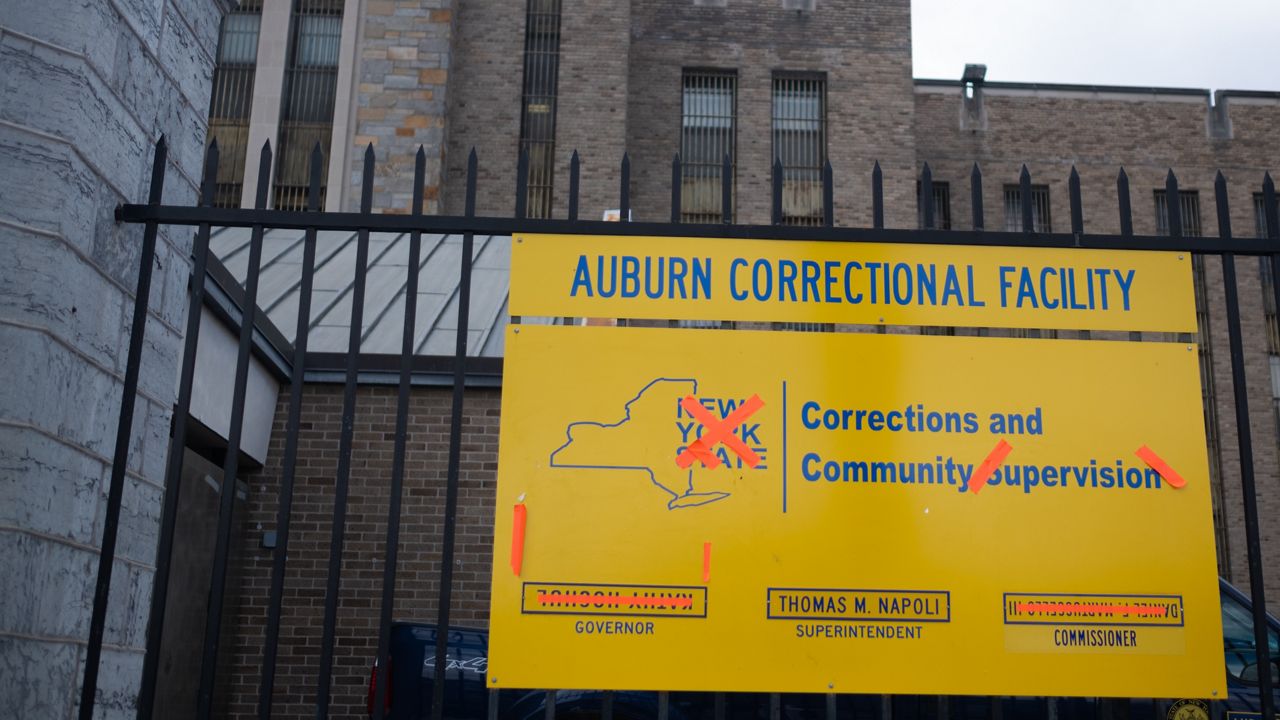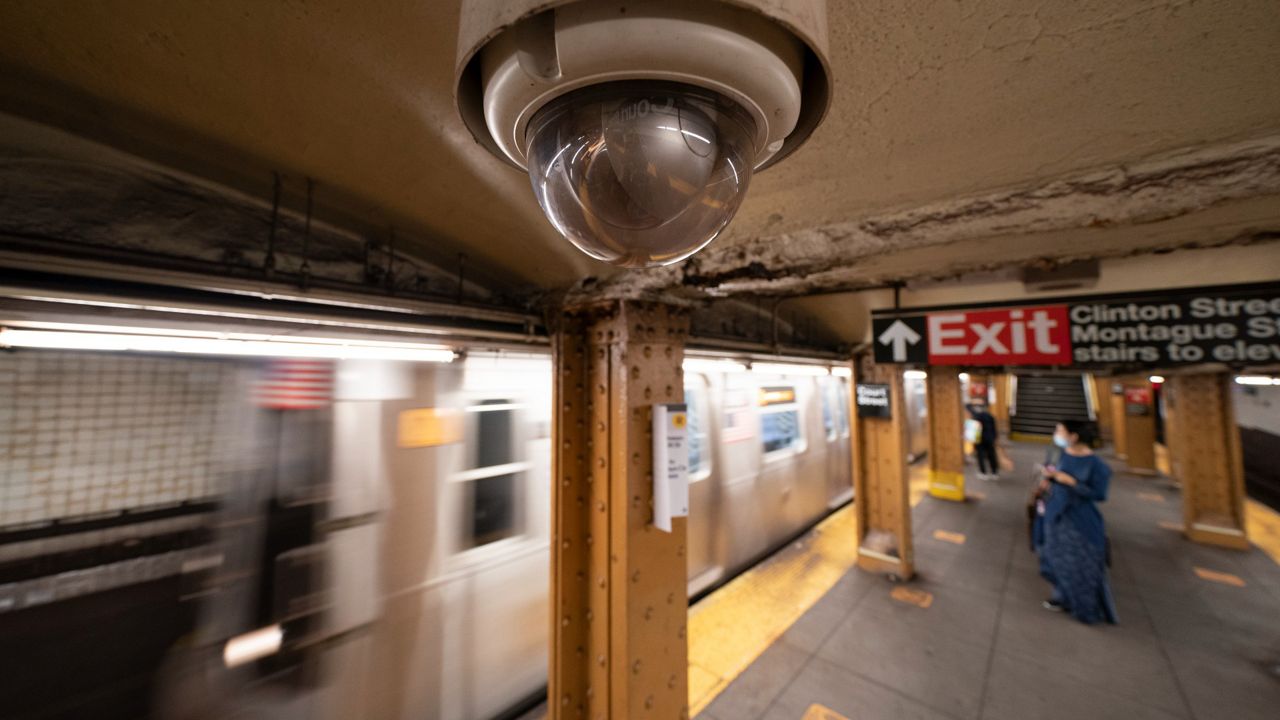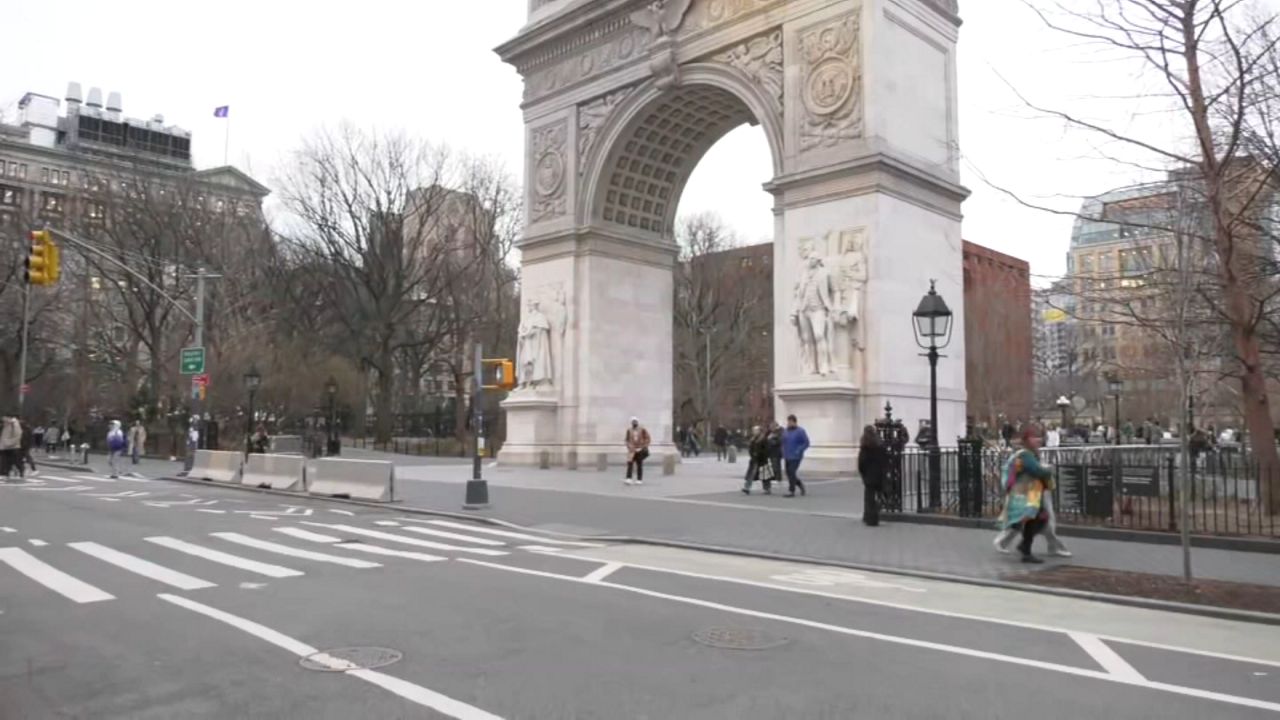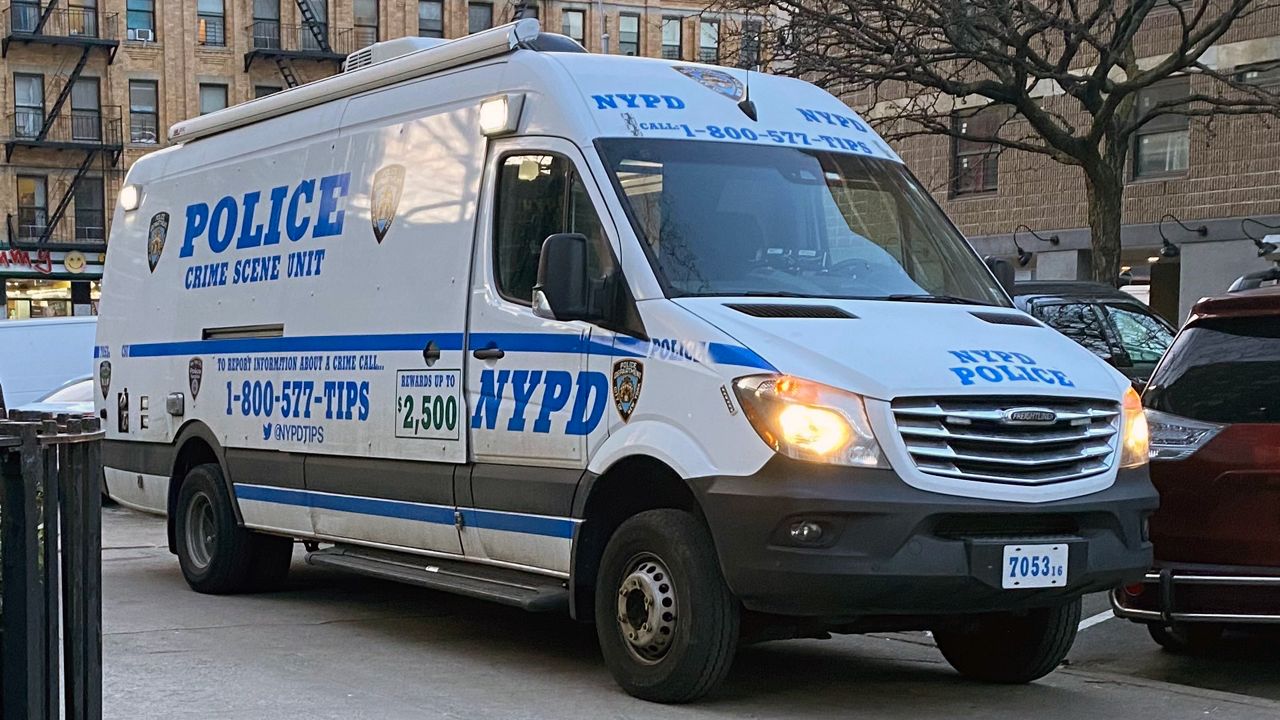The city’s Department of Transportation is prohibiting street vendors on walkways and bike lanes of city bridges, including the Brooklyn Bridge, in the new year.
According to the department, vendors have until 11:59 p.m. on Tuesday, Jan. 2 to clear out, and enforcement will begin on Wednesday, Jan. 3.
What You Need To Know
- Last fall, on an average weekend, 17,000 pedestrians would cross the Brooklyn Bridge. This fall, that number jumped to 34,000 pedestrians, DOT Commissioner Ydanis Rodríguez said
- Local officials say vendor carts and stands impede foot traffic, making it unsafe for people to exit the bridge
- All vendor merchandise must be removed from the bridge by 11:59 p.m. on Tuesday, Jan. 2. Enforcement will begin on Jan. 3
"The Brooklyn Bridge has been called America's Eiffel Tower, and these rules will make sure millions of New Yorkers and visitors can safely enjoy [it],” DOT Commissioner Ydanis Rodríguez said at a news conference Friday.
The pedestrian traffic on the Brooklyn Bridge is currently on the rise, and it has become more “challenging,” he said.
Last fall, on an average weekend, 17,000 pedestrians would cross the bridge. This fall, that number jumped to 34,000 pedestrians, Rodríguez said.
The department drafted its plan in October to prevent any "peddler, vendor, hawker or huckster" from setting up on the pedestrian or bike lane of any bridge.
The proposal was created in partnership with the NYPD and the city’s Department of Sanitation to enhance pedestrian safety, ease overcrowding and promote the safety and security of the bridges, according to City Hall.
“We thought it was important to directly talk to vendors about the new rules so they’re informed and aren’t caught off guard,” Rodríguez said.
The department has begun reaching out to vendors and will continue to do so throughout the weekend, he added. Flyers with information for vendors are available in various languages and include different areas to relocate.
“This is about creating opportunities for the vendors to be relocated in other areas,” Rodríguez said. “And everyone knows that [the] Brooklyn Bridge doesn’t provide enough space for pedestrians, cyclists, for millions of visitors and also for all the set up that we have seen there.”
Some vendors on the bridge are already feeling the impact.
“I wanna make my money because this is the only thing I know how to do,” said Yoamara Salgado.
She started selling merchandise on the Brooklyn Bridge when she was just 12 years old — a trade she learned from her mother.
“All my life. This is where my mom [taught] me how to do [it] since I came to this country,” said Salgado. “We’re not gonna have another choice. This is what I do because I make good money here, but I also pay my taxes.”
Salgado is one of many vendors being forced to leave the only job she’s ever known
“I have a long schedule, I have long hours to work, I pay taxes, I’m American. I love my city, but this is not fair,” she said.
Faced with a new reality, Salgado is worried about how she will continue to pay for her children’s college tuition.
“My kid called me today and said, ‘Mom, what are we gonna do?’ And I said, ‘Don’t worry. Mommy is gonna think.’ I’m not gonna tell him as a mother that I’m afraid,” said Salgado.
The mother of three is calling on Mayor Eric Adams to kick out only unlicensed vendors and allow shops like her own to stay in business.
“He should think about us. We’re a family, we work hard. If he wants people to pay more taxes, give us the rules. We want to follow the rules,” said Salgado.







